Facilities Management companies face growing pressure to improve their estate efficiency, ensure operational continuity, and integrate legacy buildings and their systems with new facilities expansions. Accessing useful evidence-based data to make informed decisions has become increasingly difficult and unreliable, based either on haphazard manual readings or patchy point-in-time information from traditional Building Management Systems (BMS).
IoT offers alternative mechanisms to make buildings more sustainable and productive. Simple, low-cost sensor devices provide valuable real-time contextualized data: this is a connected building. Actility enables building management companies to deliver various services using a common IoT enabler platform, providing LoRaWAN™ network server and software to manage public city-owned or private networks, under a unified, scalable, multipurpose IoT network infrastructure.
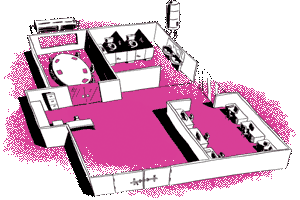
Energy consumption represents a large part of the operating costs of a building. IoT technology is making it easier for buildings with the legacy infrastructure to save energy and improve their sustainability. For that purpose, the consumption of electricity, gas, and water must be recorded transparently, and LoRaWAN™ allows you to combine all energy-relevant areas for continuous monitoring and holistic analysis. Smart building energy management systems also use IoT devices to connect disparate heating, cooling, lighting, and fire safety systems to a central management application, highlight areas of high use and energy drifts and correct them.
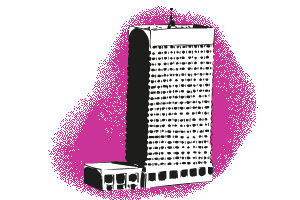


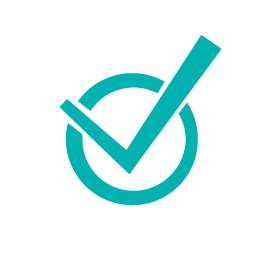
A great amount of water is being lost through leaks in the piping infrastructure. Water is becoming a scarce and expensive resource that needs to be monitored closely. Water leakage and meter reading represent two of the biggest operational costs for operators of buildings and facilities. Today, the IoT allows reducing the operational cost related to water leakage, by implementing a smart water infrastructure, comprised of sensors, gateways, automated meter readers and low-power LoRaWAN™ network.
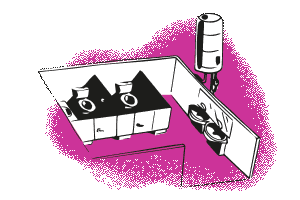



To make commercial and residential buildings healthy, safe and enjoyable for people to spend time in, building and facility operators have to monitor air quality, humidity, temperature, and even space occupation. Not only is it an IoT trend to use environmental sensors, but also an absolute necessity. LoRaWAN™-based sensor technology can be used in a wide variety of applications within a building. Is the humidity in the mall too high, are meeting rooms occupied and is the CO2 level in the office still within the normal range? Use connected sensors and you will have the answers.




IoT allows an inexpensive and easy way of deploying Structure Health Monitoring system with LoRaWAN™ technology for monitoring a variety of safety indicators remotely and in real-time, including mechanical parameters (stress, displacement, deformation), physical (temperature, humidity) or chemical (pH, oxidation of metal). This data allows detecting, locating and quantifying vulnerabilities early on (fatigue cracking, degradation of boundary conditions, etc.) thereby improving, the resilience of the critical infrastructure.




No building can be smart without the proper safety and security measures in place. Smart building providers stress the importance of integrating fire, security, intrusion and access control systems, as they are key components of a smart, connected building. Redundantly designed LoRaWAN™ systems based on connected IoT sensors can contribute significantly to creating a well-rehearsed alarm chain: by connecting doors and windows and emergency buttons, fire alarms, motion detection for passage calculation, and using tracking devices to locate and protect assets.





LoRaWAN™ has the lowest cost for network infrastructure deployment and maintenance thanks to its high link budget, long range, good redundancy and ease for scaling densification.

Cities have the choice to either deploy their own city-scale LoRaWAN networks or leverage existing public ones. The network serves existing business units and can be built on existing city infrastructure.

Very low-power bi-directional communications, deep indoor penetration and can work in a remote, harsh environment, high reliability of the network infrastructure and the sensors

LoRaWAN industrial sensors are optimized for a battery life of up to 15 years, and for transmission frequency, LoRaWAN offers one of the best options for mitigating battery life issues through network densification.
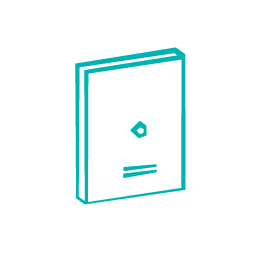
The LoRaWAN specification uses 128-bit Advanced Encryption Standard (AES) algorithms to provide end-to-end encryption using two keys: one for the users, for protection of payload content; another for operators, for network authentication security.

Cities have the flexibility to integrate devices from multiple vendors and benefit from interoperability at the network level.
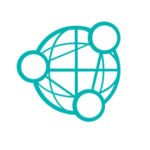
If you are looking to deploy a network or implement custom Smart Building IoT solutions using our IoT connectivity platform, you can reach out to us through our contact form

Leveraging a dedicated long-range low-power network for IoT, like LoRaWAN, building management companies can connect a countless battery powered « things » gathering data from sensors for temperature, humidity, CO2, motion, door/window opening, parking occupancy, smart plugs etc. The data is fed to centralized intelligent systems to which can suggest improved operational procedures or automated intelligent building management. Security or environmental sensors for water leakage, movement, door and contact activities, as well as humidity and temperature are the most popular ones deployed in smart homes and buildings.
Demand Response and Energy Optimisation: connected devices can monitor the energy consumption inside buildings, but can also be used to remotely control dedicated energy storage systems such as large capacity batteries, cold storage rooms or water heating systems. Through LoRaWAN™ bi-directional connectivity, an operator can aggregate flexible energy capacity to disconnect power consuming systems at a granular level on demand, and artificially decrease the load on the supplying energy utilities.
Applications for process optimization and predictive maintenance: building management companies can also benefit from a set of high-performance applications to help optimize operations, automate processes and manage the huge amount of data generated by a BMS IoT network. The fully integrated solution uses intelligent algorithms, advanced analytics and machine learning for process modeling, real-time control, and predictive maintenance operations. For example, the applications can be used to monitor connected assets like HVAC (Heating, Ventilation & Air Conditioning) systems and predict failures or the need for replacement parts.
Actility enables building management companies to deliver various services using a common IoT enabler platform. Leveraging both public LoRaWAN™ networks supplied by mobile network operators and private networks which can be rapidly deployed on campus, Actility’s IoT network management platform breaks the silos between different proprietary systems, and facilitates the deployment, operation, and maintenance of smart buildings and facility management services. Apart from private home and buildings that require secure data protection in private networks, some remote workplaces are especially mentioned to often deploy private LoRaWAN networks.=
A private LPWA network is cost-effective and easy to deploy thanks to long-range communication which allows extensive coverage of indoor and outdoor with relatively few gateways and allows having complete control of the network and data. For example, only 1 or 2 base stations are needed to provide complete coverage for a connected building, thus reducing the need for local repeaters or relays.

The market leading, most complete, powerful and flexible multi-technology LPWA IoT Network platform. ThingPark Wireless is the preferred IoT network platform for Service Providers rolling out LPWA connectivity services, already powering over half of national LoRaWAN™ network deployments worldwide .
ThingPark Wireless is the heart of your IoT network, enabling secure connectivity, data flow, and management from sensors to cloud applications. ThingPark Wireless is modular, and scales easily, enabling Service Providers to monetize connectivity and accelerate the adoption of IoT solutions across multiple industries.
With ThingPark, become part of a thriving community of innovators shaping the future of IoT. Our platforms are more than products—they’re a springboard for collaboration, growth, and the realization of transformative IoT solutions.